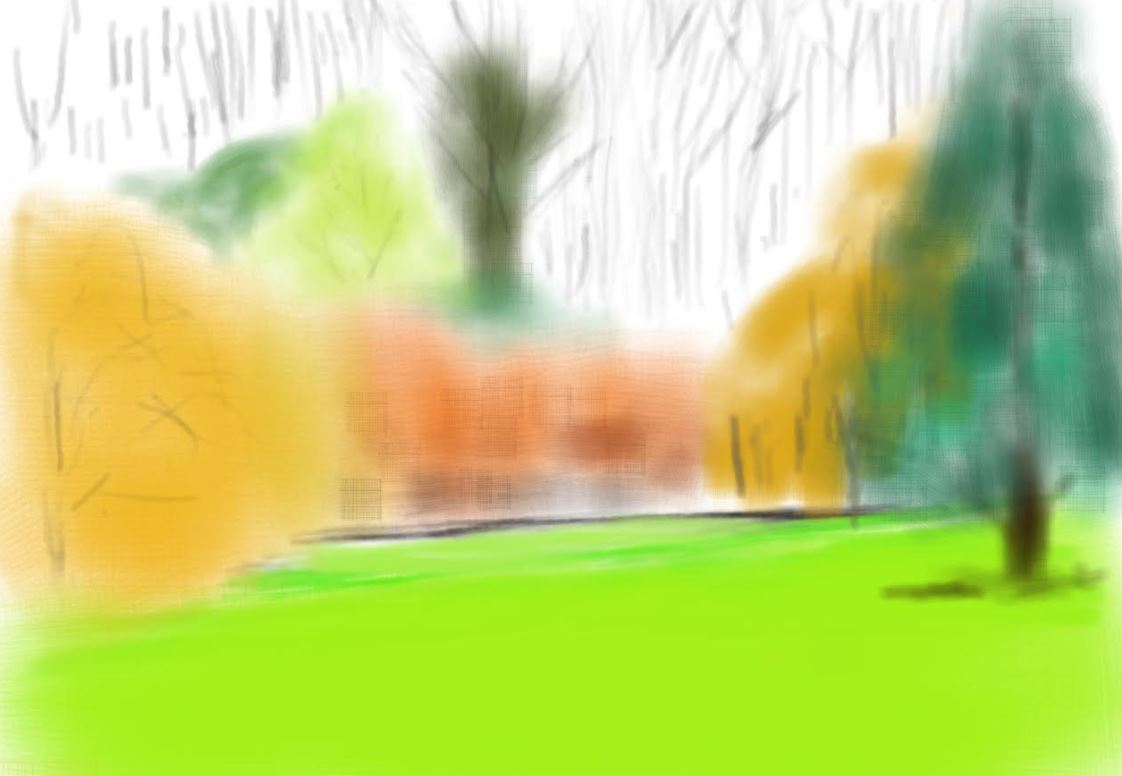Apparently daisy leaves are edible (they're closely related to artichoke and are high in Vitamin C). They have lots of medicinal properties in homeopathy, they known as the are known for their ability to ease an aching back -something I often get. They thrive in generally inhospitable conditions and are resistant to most bugs and pesticides.
But I am left wondering how they came to be here in my garden in such profusion? Have they colonised this space that was originally an orchard by natural means? or were they sown with the grass seed by the person who created this garden 50 to 60 years ago? I will never know? What I do know is that they are also common around the edges of the field so perhaps self-seeding could be the cause of this wonderful display.

 RSS Feed
RSS Feed